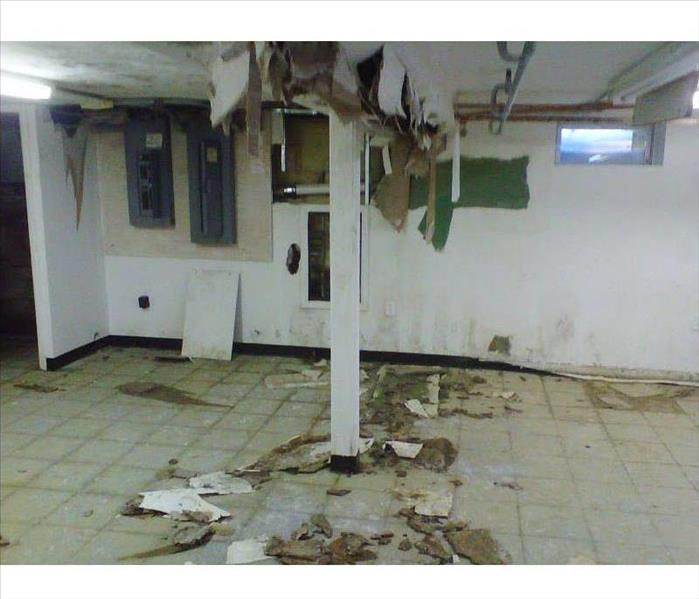Why Commercial Owners Should Test for Mold on Their Properties
7/16/2019 (Permalink)
Mold becomes a problem only when there is too much of it. In commercial buildings, mold overgrowth occurs in places that collect too much moisture such as air conditioning duct work, trash chutes and around water leaks from pipes, fixtures or into the building envelope. Sometimes overgrowth is obvious to the eye and nose: drawn by a moldy smell, you discover a patch of greenish mold in the bathroom under a dripping sink valve. Other mold problems flourish out of sight with faint or no odor clues: behind the wall, for example, fed by a failing roof. Always schedule professional cleaning if you suspect the following on your property(s):
- There is no visual evidence of mold but the smell of mold is present.
- There has been a history of leaks or standing water issues.
- Tenants complain of allergy or health symptoms that could be caused by mold such as sneezing, coughing and headaches.
- Tenants suspect mold issues or are unsure whether mold may be present.
You should call SERVPRO for any mold infestation that is more than a few feet in diameter; related to flooding or water damage; inside ventilation or heating systems or inside walls.






 24/7 Emergency Service
24/7 Emergency Service
